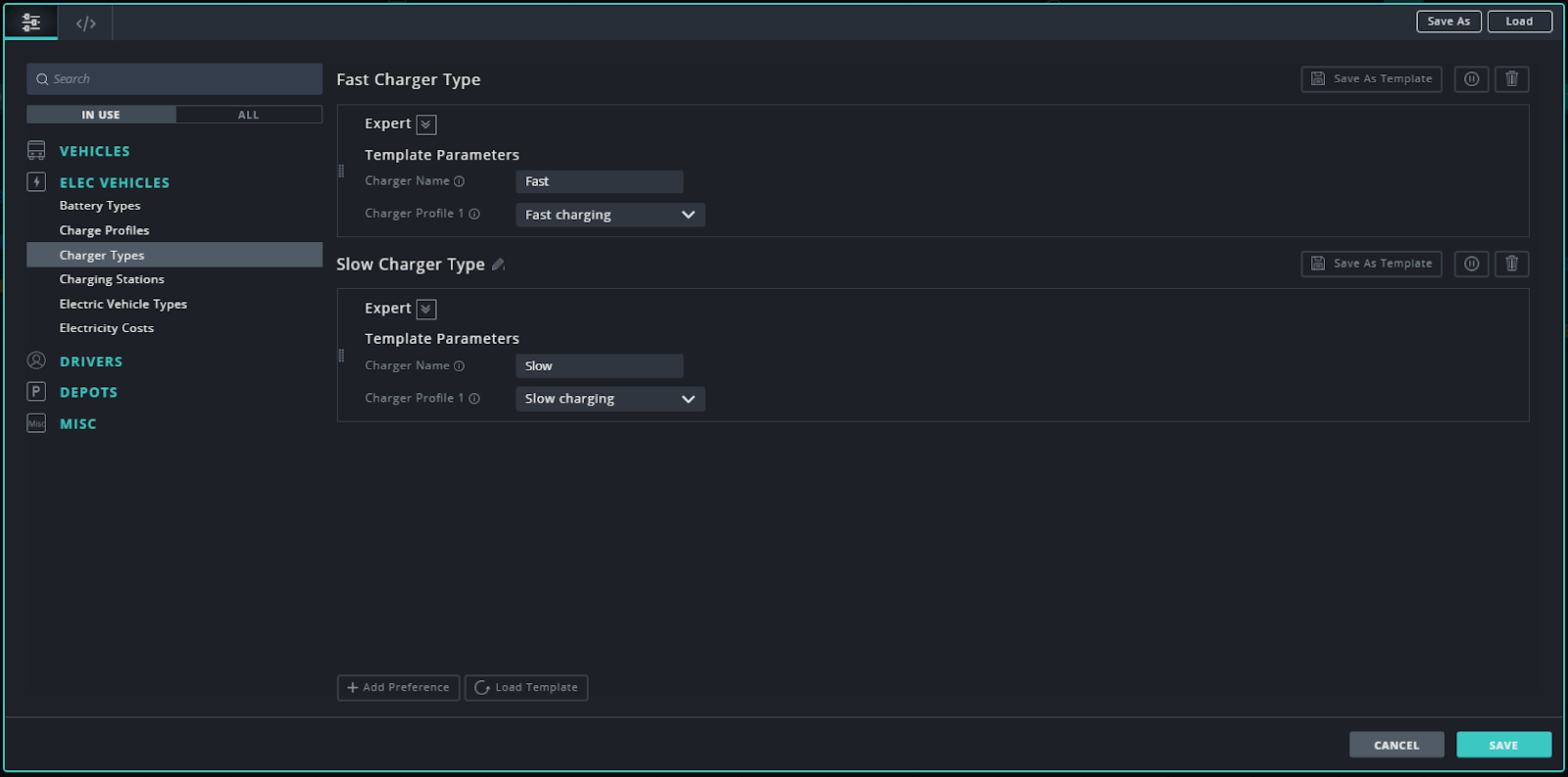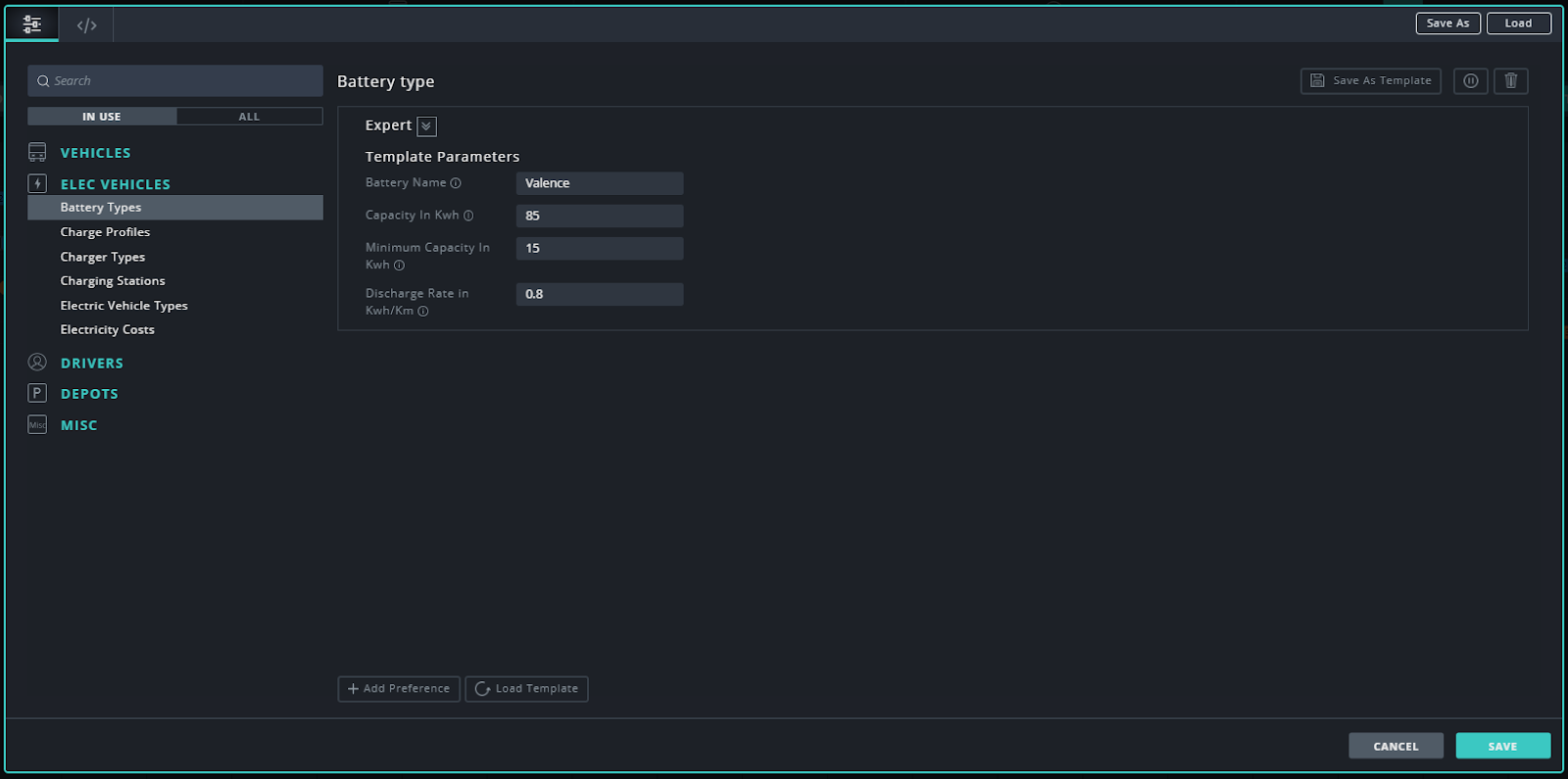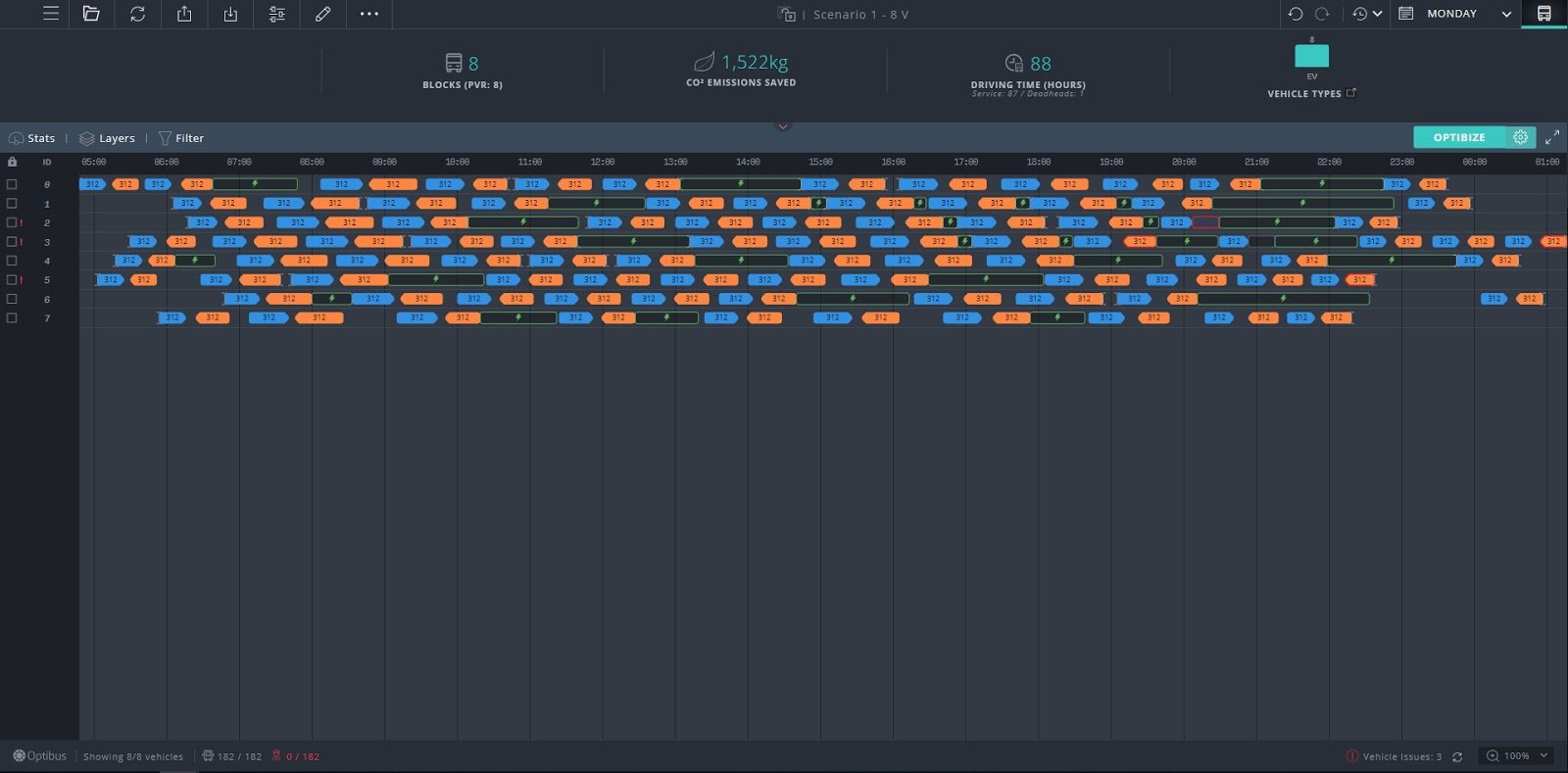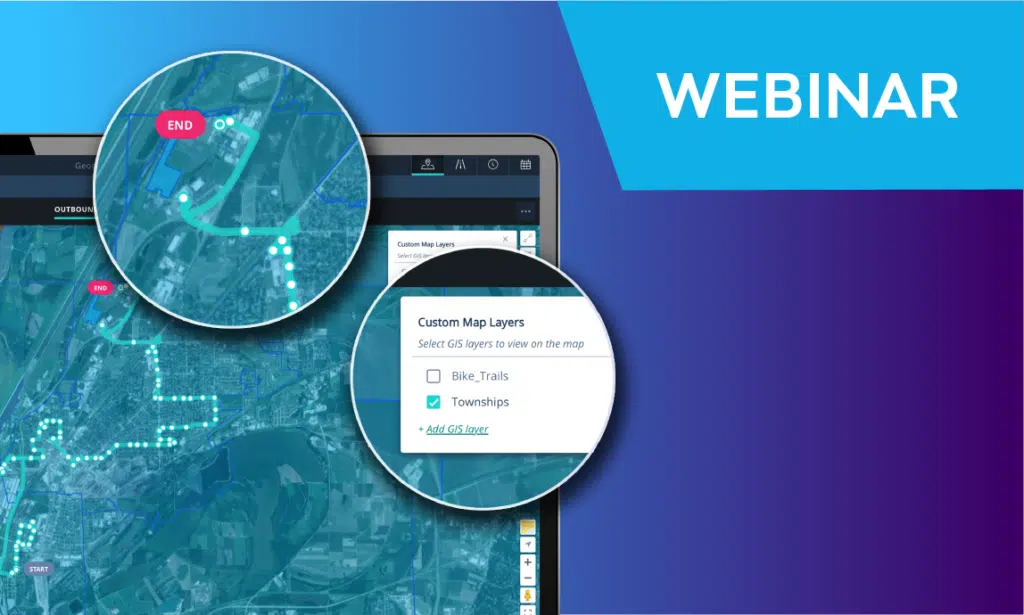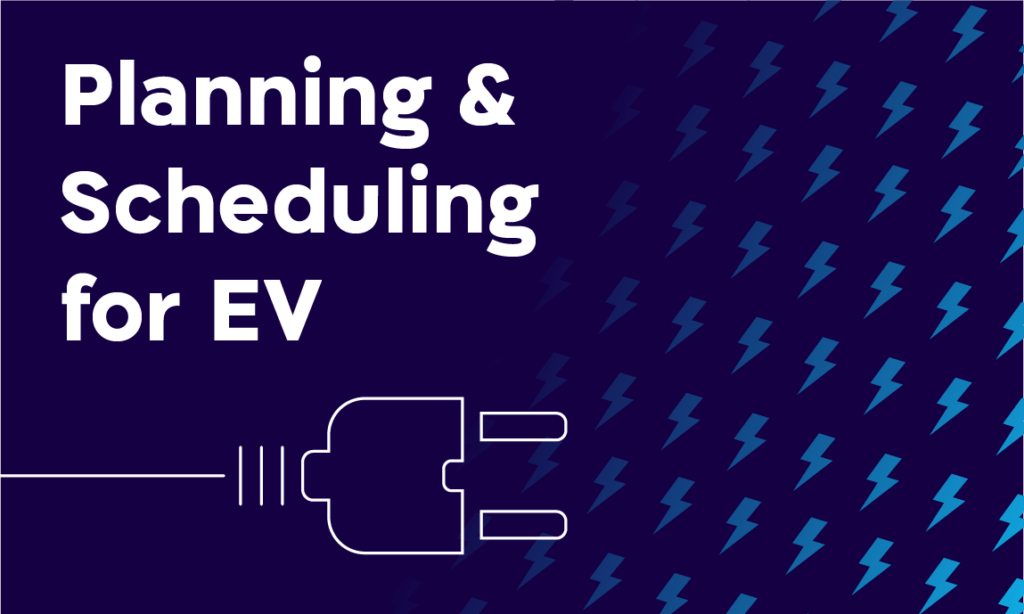It’s difficult to decide whether the future of Electric Buses is already here. One article titled “Electric Buses Will Take Over by 2025”, discusses how Shenzhen in China became an example of successful bus electrification. Yet read “US Transit Agencies Cautious on Electric Buses” and you will learn about the setbacks of using new technology that is still expensive and somewhat unproven.
One thing is certain: Electric Buses will become a mainstay of urban mass transit, requiring changes in electric and charging infrastructure, but the change will take time.
Yet, just like smartphones make us always worry about when and where we can charge them, EVs also need to be charged, and that has an impact on scheduling mass transit that uses EVs. Scheduling now needs to take charging considerations into account. Let’s see how:
The scheduling challenge
Regardless of whether EV buses are being used in a small or large scale pilot, they add new considerations into mass transit planning and scheduling. Scheduling was never a simple undertaking – placing the right vehicle with the right driver at the right time and place is a complex problem (NP-hard). Getting it right means better service and lower operational costs (reducing costs by real, hard, dollars). Proper optimization means less overtime, less deadheads and better on-time performance.
Schedule optimization needs to reflect the simple fact that electric buses have different ranges than diesel-powered buses and different requirements regarding “fuelling”. This is because Electric Vehicles need some time out to recharge – it simply isn’t as quick as fuelling. EVs also have minimum battery thresholds that impact travelling times, making them shorter than fossil-fuel based times. Other considerations for Electric Vehicles are timing related: in some cases, electricity prices vary over the day, and in that case, charging should preferably happen when prices are low. Another consideration is charging station capacity. When you’re thinking about fossil fuels the quick recharge means that there aren’t many capacity constraints when fuelling (at most, a queue will form outside the fuel pump). But with Electric Vehicles, since charging takes time, another consideration is the capacity of the charging station – how many vehicles can it support at most.
In short, Electric Vehicles change the game because you have to adjust schedules to battery recharge times and minimum battery levels, as well as take into account changes in route length.
The Battery Challenge
Speaking to industry experts, one of the first things we learned was that EV Bus batteries don’t always behave in accordance with manufacturer specifications. This adds another layer of complexity to the scheduling problem, requiring the use of historical data about EV and battery performance to prepare accurate schedules, reflecting the realities of battery “behaviors”.
In order to use a truly optimal schedule, one must take these differences into consideration, using the correct inputs regarding the discharge rate or the charging duration needed. The goal is to maximize electric miles/kilometers and minimize risk of battery issues.
Avoiding Diesel Fallback, or how to maximize electrical miles
Can you integrate electrical buses into your fleet without increasing costs? The answer is yes.
An optimized schedule, can:
Grow electrical miles
Reduce the need for fuel-based reserve vehicles
Decrease service interruptions; and
Time charging to better fit with timetables
Let’s go through a hypothetical example using the following inputs
9 buses
Battery characteristics based on historical EV performance data
Publicly available timetables for several EV lines in a large city in the UK
The core planning constraints were:
Number of recharging events
Inimum battery capacity
The “layover” – the time range between consecutive trips, also known as layovers.
An important tradeoff exists between the minimal battery capacity limitation and number of recharging events, and it has a significant effect on the schedule. The higher you set your lower bound for minimal battery capacity the more charging events you will need.
Another aspect to consider is the charging strategy. Do we use short charging boosts along the day or maybe we should only charge when we we have enough time to charge 100%?
Here’s how we set charging preferences in Optibus:
Here’s how we define battery types:
How Scheduling Optimization for EV Works
We set the rest of the preferences (i.e. non-EV) in the Optibus Platform. We defined each battery discharging rate based on historical data and and supported charging profiles. We then defined each charging profile. Last but not least, we defined the charger locations and number of vehicles that could charge simultaneously.
Two Scenarios
Scenario one involved 8 electric buses implementing a short charging pulse strategy. This scenario presented a PVR (Peak Vehicle Requirement) reduction but with a cost of more charging events along the day, 3.75 charging events per vehicle in average, which presents an operational challenge.
Here are scenario 1 results:
Scenario two involved 9 electric buses. We aimed to reduce the number of charging events, capping it at 2 charging events per vehicle.
Here are scenario 2 results:
Results
Overall, both scenarios showed that the entire route could be fully EV operated with no diesel buses as a backup. Since the previous schedule had used diesel buses to replace EVs that were charging, the schedule resulted in elimination of 270 diesel kilometers, preventing 1552 Kg CO2 emissions.
The real conclusion is that the success of EV use for mass transit depends on the ability to use good scheduling practices that take into account real world EV characteristics.

